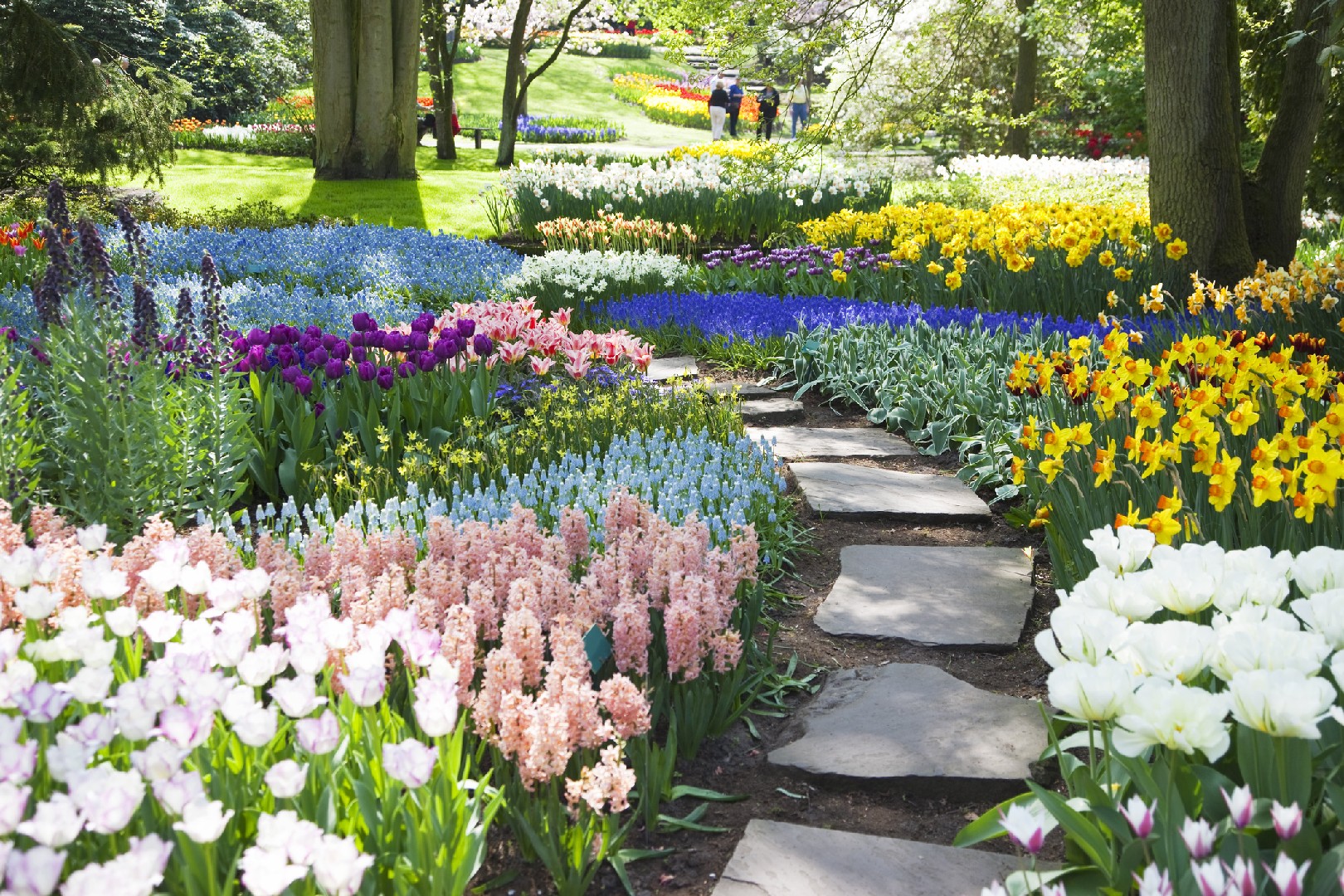![Rectangle]()
The Role of Repetition in Creating Cohesive Garden Designs
Repetition is a fundamental concept in landscape design that plays a crucial role in creating cohesive and visually appealing garden designs. In simple terms, repetition refers to the repeated use of elements, such as plants, colors, textures, or patterns, throughout a garden space. By using repetition strategically, designers can establish a sense of consistency and rhythm, bringing harmony to the overall design.
One of the main advantages of using repetition in landscape design is that it creates a visual connection between different areas of the garden. Whether it's through the repeated use of certain plants, shapes, or materials, repetition helps to establish a cohesive flow that draws the eye from one area to another. For example, you can use a specific type of ornamental grass in multiple spots throughout the garden to create a sense of unity and tie the different areas together.
In addition to creating visual connections, repetition also enhances the overall aesthetic appeal of a garden. By repeating elements that are visually pleasing, such as colorful flowers or interesting textures, you can create a visually striking garden that captures attention and delights the senses. For instance, if you have a row of colorful tulips planted along a pathway, the repetitive pattern of their vibrant blooms will create a stunning visual impact.
However, it's important to strike a balance between repetition and variation in order to create sophisticated garden designs. While repetition brings cohesiveness, too much of it can result in a monotonous and predictable design. To avoid this, designers often incorporate variations within the repeated elements. This can be done through variations in size, shape, color, or placement. For example, you can use different sizes of the same plant to create a more dynamic and interesting visual effect.
To create the most effective use of repetition in your garden design, consider these practical tips. Firstly, choose a few key elements to repeat throughout the garden, such as a specific color palette, a particular type of plant, or a distinctive pattern. This will provide a strong foundation for the overall design. Secondly, be mindful of the scale and proportion of the repeated elements to ensure they don't overpower or underwhelm the space. Lastly, consider the overall theme or desired atmosphere of your garden and select elements that align with it. For instance, if you're aiming for a serene and peaceful garden, repeating soft, pastel-colored flowers can help create that desired mood.
In conclusion, repetition is a powerful tool in landscape design that helps create cohesion and visual impact in garden spaces. When used effectively, repetition establishes a sense of rhythm and harmony, connects different areas of the garden, and enhances the overall aesthetic appeal. By balancing repetition with variation and considering key design principles, you can create sophisticated garden designs that are visually pleasing and enjoyable to experience.





